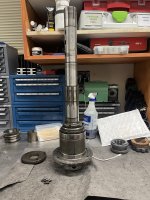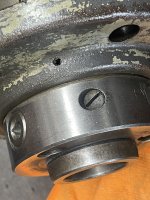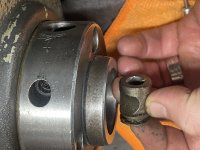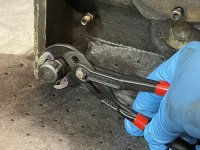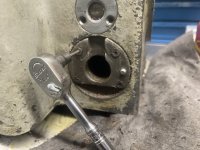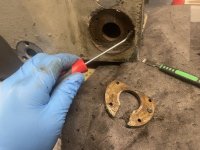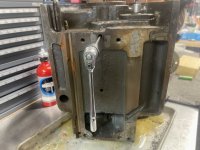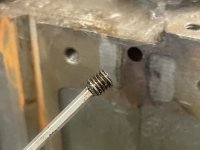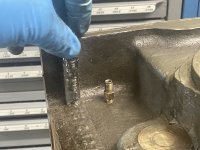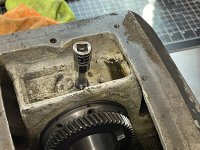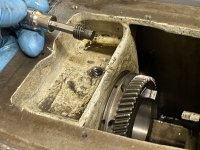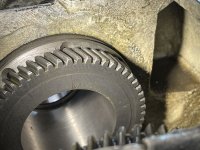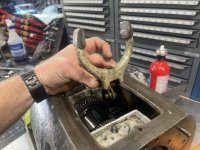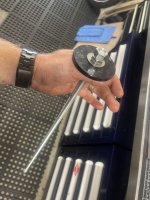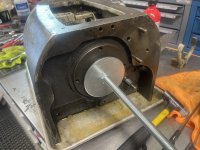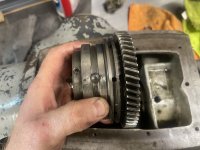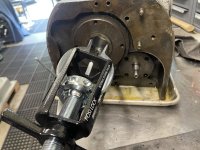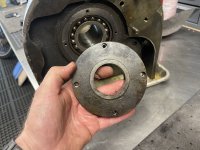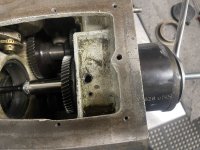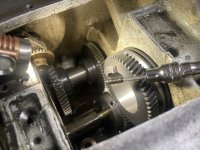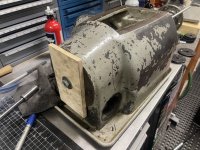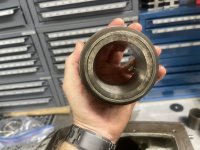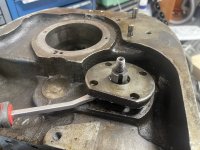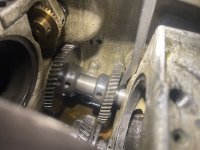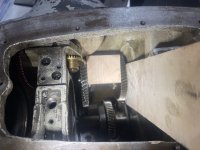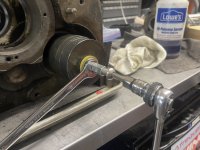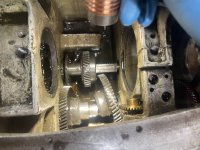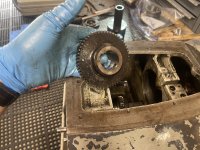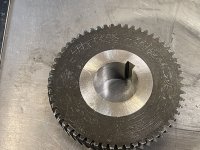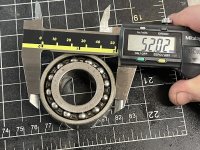Mr_CNC_guy
Cast Iron
- Joined
- Jul 29, 2018
- Location
- New England
The goal is to identify the correct windings to be paired from the two sets of three-phase windings. I will call the two sets 123 and 789. These two windings should be separable. You do not show them connected at the center of the star.
First connect 120 volts between windings 1 and 2 and put your light bulb in series to limit the current. Measure the voltage between all combinations on 789. One reading should be close to the reading between 1 and 2. If your numbering is correct, you will get a similar reading between 7 and 8. Now connect lead 1 to lead 7. Do not connect 2 to 8 but read the voltage between 2 and 8. It should be very low. Do this for the other coils in 123.
What we are doing here is using the fact that the 123 windings are parallel to the 789 windings. As such, the motor will act as a transformer. This transformer has two separate windings with the same number of turns wound on the same iron core. When you excite one winding, the other winding will produce the same voltage. We need to ensure that when we connect the windings together, the windings are parallel and not reversed.
If this test produces odd results, then we will need to test the coils individually, coil 1-4 and coil 7-10 and so on.
First connect 120 volts between windings 1 and 2 and put your light bulb in series to limit the current. Measure the voltage between all combinations on 789. One reading should be close to the reading between 1 and 2. If your numbering is correct, you will get a similar reading between 7 and 8. Now connect lead 1 to lead 7. Do not connect 2 to 8 but read the voltage between 2 and 8. It should be very low. Do this for the other coils in 123.
What we are doing here is using the fact that the 123 windings are parallel to the 789 windings. As such, the motor will act as a transformer. This transformer has two separate windings with the same number of turns wound on the same iron core. When you excite one winding, the other winding will produce the same voltage. We need to ensure that when we connect the windings together, the windings are parallel and not reversed.
If this test produces odd results, then we will need to test the coils individually, coil 1-4 and coil 7-10 and so on.


